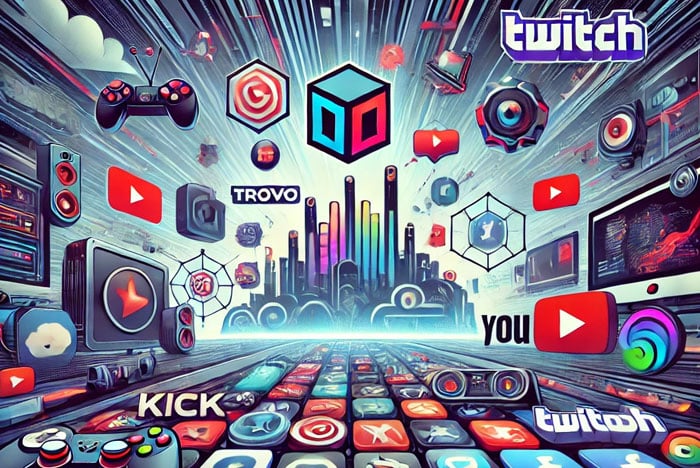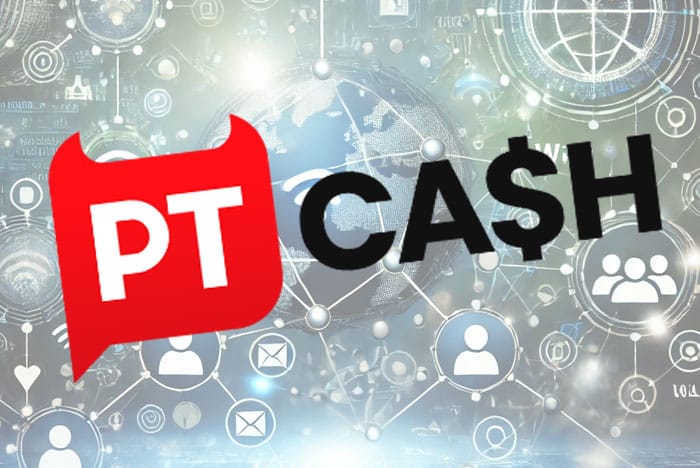Since computer games have been streamed live, Twitch has become the place to be. It is the market leader and by far the largest platform in the live game streaming scene. With well over 140 million active users per month, it is impossible to imagine the online gaming sector without Twitch. And yet a number of live streamers are turning their backs on the platform or at least trying to expand beyond Twitch. And one thing is quite clear, where there is a successful product, there will always be imitators and thus alternatives in the long or short term.
But why do streamers leave Twitch in the first place, what is the problem? On the one hand, it is difficult to work your way up as a streamer on Twitch, because the competition here is incredibly high, which is solely due to the large number of streamers. On the other hand, the latest adjustment to the guidelines has also led to a new distribution of revenue, which has not made everyone happy.
As Twitch is only one of many options for aspiring live game streamers, we want to take a closer look at the alternatives in this article. Earning money with live streams on the internet has been a lucrative way to turn your hobby into a profession for years, and it doesn’t look like the number of new streamers is going to decrease in the coming years.
So let’s take a look at the best-known Twitch alternatives and their potential:
Kick – new streaming platform – interesting for gamers?

The revenue model was also set up simply and transparently. Kick keeps just 5% of the streaming revenue, compared to a whopping 50% for Twitch. Apart from that, Kick has significantly fewer controls on streamed content. On a positive note, this is good for freedom of expression, but of course abuse cannot be ruled out. However, as censorship itself is not particularly popular with streamers, this is certainly an advantage of the platform.
The low entry barriers certainly make it easier for beginners in particular to gain a foothold in the scene than is the case with market leader Twitch. On the other hand, it will not be possible to generate the same number of viewers as the world’s largest market leader.
Trovo – certainly interesting for beginners

And then there’s the problem of origin. Trovo is primarily aimed at the Asian market. Just 10% of active users stream in English, not to mention German.
Nevertheless, Trovo can be worthwhile for a streamer. Micro streamers who specialize in small niches that almost no one else covers can make a name for themselves in the scene relatively easily here. For the masses, however, Trovo is not (yet) a real alternative to Twitch.
YouTube Gaming – Mega reach, but not limited to gaming

The fact that you can easily save your live streams as videos on YouTube makes it very interesting for streamers. A whole archive of recorded streams is quickly created at the touch of a button, which can generate new viewers.
With a 70% payout to the streamer, YouTube is also currently cheaper than Twitch, but there is also a decisive disadvantage. As gaming is only one niche among many, the potential 100 million viewers are spread across countless areas, which makes it much more difficult for a gaming streamer to really build up a fanbase. Due to its specialization in gaming, Twitch offers a number of specific functions and communities for content creators that YouTube does not provide to the same extent.
Facebook Gaming – courting the younger generation

It is made incredibly easy for streamers to share their own streams with their existing Facebook followers. And with up to 2 billion people using Facebook every month, the number of potential viewers seems endless. But it’s not that simple. Anyone who gets to grips with Facebook quickly realizes that it can be a long and rocky road to build up your own community of followers there.
With a 70% payout, Facebook looks very good at first glance, but as is so often the case, the devil is in the detail. The FB algorithm seems to weight creators differently, depending on whether they pay for the promotion of their streams, or whether they just forgo organic traffic. A lucrative business from Facebook’s point of view, but a big problem for aspiring and small streamers.
Another aspect to consider is that Facebook is not necessarily known for gaming and streaming. Even if there are countless people here, it is questionable how many of them are really interested in gaming and gaming streams and want to stay there permanently.
Conclusion
Twitch is still the undisputed market leader in terms of gaming streams in 2025. The large community, the popularity of the platform and the technical possibilities for streamers make the platform the top dog in the scene.
But if you really want to be successful, you always have to think outside the box. Multi-streams are the future for many established gaming streamers. Going live on Twitch and competitor platforms at the same time gives you the opportunity to attract the attention of new target groups without any extra work. Coupled with a good advertising strategy on your social media channels, it is still quite possible to establish an international presence as a streamer, even in the highly competitive gaming segment.










